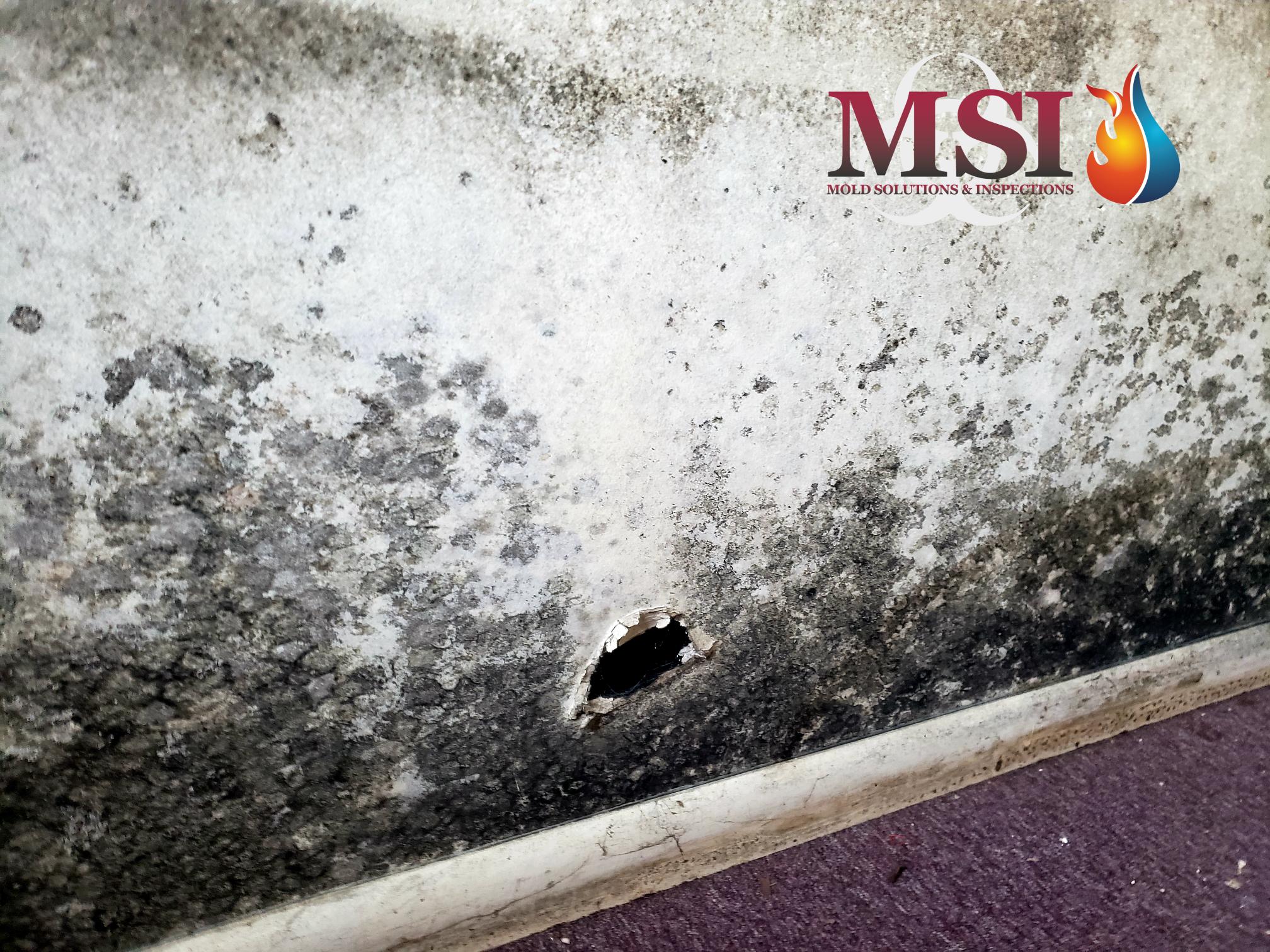Alternaria
A large spore mold that can deposit in the nose, mouth and upper respiratory tract causing an allergic response. Indoors, it is often found in carpets, textiles, house dust and potentially damp areas like window frames and showers. It can also be found in plant soil.
Aspergillus
Usually found in warmer climates in areas of water damage or extreme dampness. Aspergillus species are also commonly found in house dust. Many species produce mycotoxins which may be associated with disease in humans and some animals. Also found in building materials and in fall leaves and other decomposing matter like compost piles.
Cladosporium
The most commonly identified outdoor fungus, but it can easily enter into the house through the HVAC and other airflow entryways. Cladosporium also has an indoor species that grows on textiles, wood and other porous, damp areas. Both indoor and outdoor species are triggers for hay fever and asthma symptoms.
Penicillium
A very common mold known to cause allergies, hay fever and asthma. Species may be found growing on wallpaper, wallpaper glue and decaying fabrics in water-damaged buildings or homes. It is also found in carpet and in interior fiberglass duct insulation. Some species can produce mycotoxins.
Stachybotrys
Pronounced (stack-ee-BOT-ris), this is an especially toxic black mold that produces airborne toxins (mycotoxins) that can cause serious breathing difficulties, memory and hearing loss, dizziness, flu-like symptoms and bleeding in the lungs. Stachybotrys requires excessive moisture to thrive (usually running water) and is a slimy black mold. Fortunately, stachybotrys is not found in homes as often as the other molds listed above.









